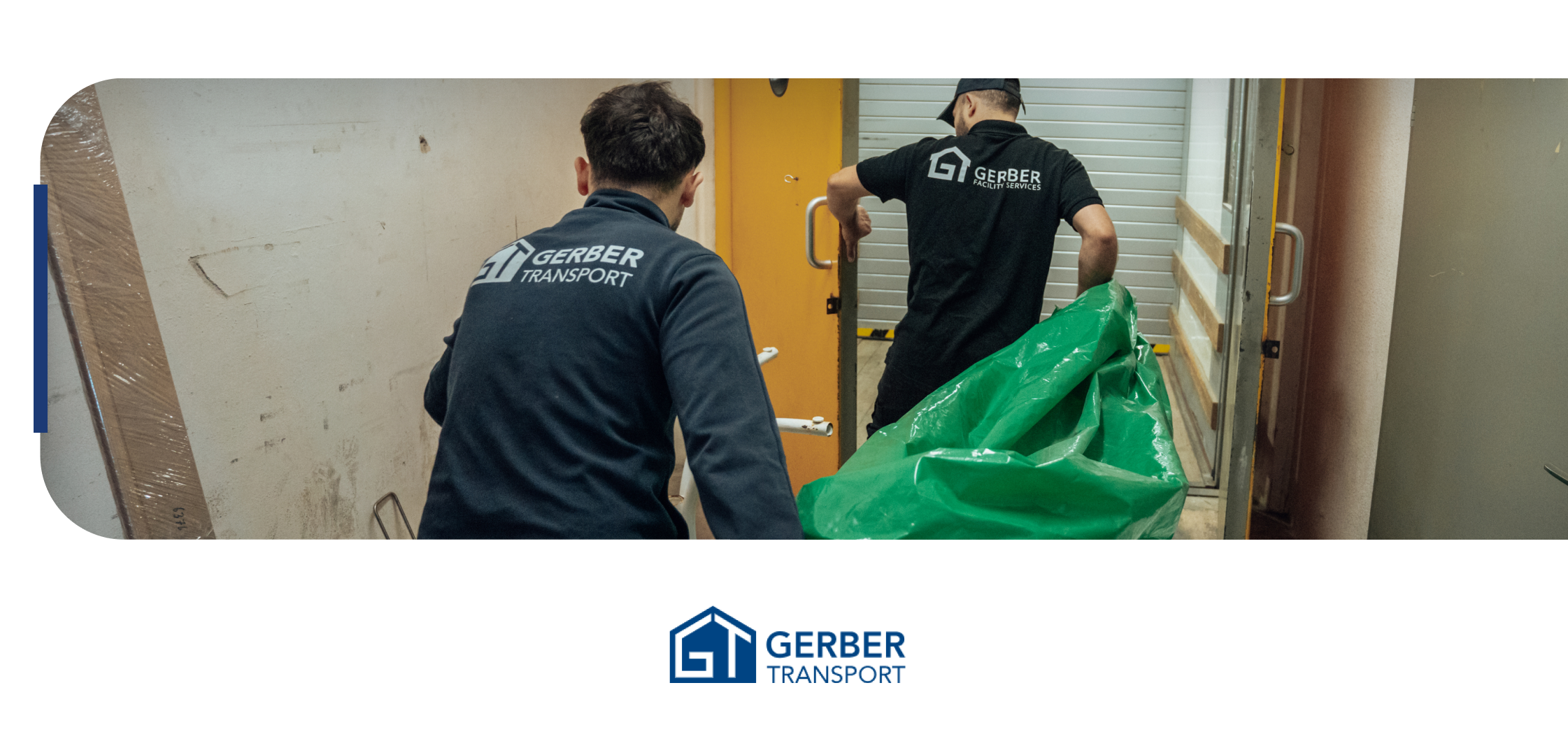Artworks, antiques, and collectibles require special protection during moves. Learn how to professionally pack, insure, and transport valuable objects - for a damage-free move of your treasures.

Artworks, antiques, and valuable collectibles are more than just objects – they are emotional and financial investments. A move presents collectors with special challenges: How do you transport an 18th-century painting or a rare porcelain collection safely to your new home?
Artworks react extremely sensitively to climate changes. Paintings can crack with sudden temperature changes, while antique solid wood furniture may swell with high humidity or develop cracks when dry. Even a journey from a heated apartment to a cold moving truck can cause irreparable damage.
Vibrations during transport are particularly dangerous for sensitive objects. Ceramics and porcelain can develop hairline cracks from the smallest impacts that only become visible later. Sculptures with fine details or old frames suffer from mechanical stress that wouldn't be problematic for normal household items.
Many collectors underestimate the danger from sunlight during transport. UV radiation can fade colors and irreversibly damage historical materials. Even brief sun exposure through the moving truck window can damage centuries-old artworks in just a few hours.
Professional art transports use the same standards as renowned museums. Acid-free tissue paper protects surfaces from direct contact with other materials. Special foam inserts are individually cut to perfectly secure each object. Climate-buffering materials regulate humidity and temperature during transport.
For particularly valuable pieces, custom wooden crates are built. These provide optimal protection and can be climate-controlled if needed. Shock-absorbing suspensions keep artworks away from crate walls and absorb vibrations. Each crate is constructed for the specific object and offers maximum protection.
Oil paintings need different protection than watercolors or prints. Metal sculptures have different requirements than ceramics or textiles. Experienced art transporters know the specific needs of each material and apply corresponding packing techniques. Antique textiles are transported lying flat, while bronze sculptures need special padding.
Before any art transport, a current valuation should be available. Professional appraisers create detailed condition reports with high-resolution photographs. This documentation is not only important for insurance but also serves as proof of condition before transport. Any damage can thus be clearly attributed to the transport.
Standard household insurance often covers only a fraction of actual value. Specialized art insurance offers protection at full market value and also considers sentimental values. Transit insurance specifically covers risks during transport and includes damage from climatic influences.
For cross-border transports, special documents are required. Carnet ATA documents enable temporary imports without customs fees. CITES certificates are necessary for objects made from protected materials like ivory or rare woods. Provenance documentation proves legitimate origin of artworks.
Specialized art transport vehicles have precise air conditioning systems. Temperature is kept constant between 18-22°C while humidity is stabilized at 45-55%. These values correspond to museum standards and ensure optimal protection for most artworks.
Modern art transporters are equipped with air suspension and special dampening systems. These reduce vibrations to a minimum and protect sensitive objects from road shocks. Sensitive measuring devices continuously monitor transport conditions.
The best time for art transports is late spring or early autumn when temperature fluctuations are minimal. Extreme summer heat or winter cold present additional risks. Planning should consider weather forecasts and be postponed during extreme conditions.
Art transports need time. Careful packing can take several hours, transport occurs slower than normal moves, and unpacking also requires care. Collectors should allow sufficient time and not work under time pressure.
The costs for professional art transport are an investment in preserving the collection's value. A damaged artwork can mean irreparable value losses that exceed transport costs many times over. Professional transport is therefore not only safer but also economically sensible.
Depending on value and sensitivity of objects, specialist transporters offer various service levels. From simple special packing to climate-controlled individual transport with conservator accompaniment, everything is possible. Costs depend on the chosen protection level.
Reputable art transporters have appropriate certifications and can provide references from museums, galleries, or collectors. Memberships in professional associations like the International Association of Dealers in Ancient, Oriental and Primitive Art (IADAOPA) or similar organizations indicate professionalism.
Not every specialist transporter masters all areas equally. While some specialize in paintings, others have expertise with sculptures or antique furniture. Selection should be based on the specific collection.
Transporting artworks and collectibles requires expertise that goes far beyond normal moving experience. Investing in professional art transport protects not only the material value of the collection but also its emotional significance for the collector.
Planning to move your art collection? Gerber Transport works with specialized art transporters and ensures your valuable objects receive the highest possible protection. Contact us for individual consultation about your special transport needs.
Gerber Transport – Your trustworthy partner even for your most valuable treasures. Art deserves special protection.
#ArtTransportMoving, #ValuablesMoving, #AntiqueTransport, #ArtSafeTransport, #CollectorMoving, #MuseumQualityPacking, #InsuredTransport, #ArtPackingProfessional, #MovingValueObjects, #ArtworkProtection